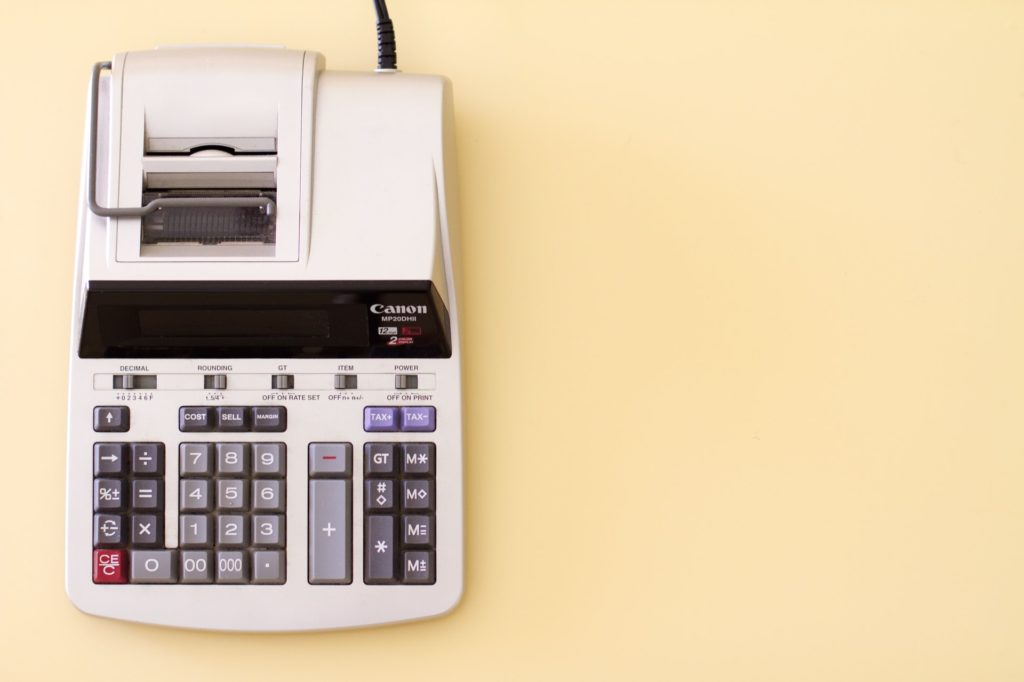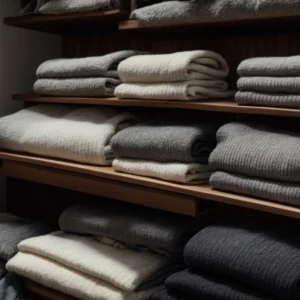Regular maintenance throughout your home is important, and while we may be taking more consideration into more tangible appliances and gadgets, there should be a focus on a properly running furnace. You may not think about it much if your furnace is keeping you warm during the winter months, but it can also impact your health, safety, and wellbeing.
1. Your Overall Health and Wellness

Homeowners may just think of properly functioning furnaces as feeling the heat when you turn up the thermostat. However, it’s also good news for your health. A cracked heat exchanger may let gases like carbon monoxide or sulfur dioxide seep into your home, putting you and your loved ones in danger of severe illness.
A crack in one of the metal tubes may cause the interior of the furnace to get overheated, causing those metals to release distinct and awful odors. Some have compared the scent to formaldehyde, others to rotten eggs. Any way you describe it, it’s a vile smell. This is a result of back-drafts of combustion gases from unsealed combustion chambers.
If you or a family member begins to experience flu-like symptoms, such as headache, nausea, or dizziness, exit your home and call 911 immediately, as a carbon monoxide leak can be deadly. This could be brought on by damage to the heat exchanger and has been noticed in older furnaces. Technicians can evaluate this as part of routine maintenance on furnaces and HVAC systems.
2. Safety of Your Household

A furnace problem can be more than just a dangerous carbon monoxide leak. For example, a dirty filter can release mold and other toxic airborne particles into a household, causing respiratory issues and other illnesses. The furnace pulls air through a filter that in time becomes clogged, making it harder for the furnace to move air through. Regular maintenance and cleaning is the easiest fix to this problem with the heating system.
You should also stay on top of where your furnace is located in your household. Homeowners can get some peace of mind in making sure everything looks up to code beyond just a functioning pilot light. If you notice ash buildup or a presence of soot, there could be a crack in the heater’s exchanger. This is a result of incomplete combustion. Visible rust could also suggest an issue that should be addressed by a technician.
That technician may also want to look into the condition of the heater’s vent connection pipe that can deteriorate over time. If you have an older home, you may even have trouble with your chimney, an issue that is often a very expensive repair.
3. Staying Warm

Above all else, staying warm is usually the greatest sign that your furnace is functioning properly. However, it is important to understand when that furnace is properly doing its job.
It is important to check on the flame emerging from your heater. A properly running furnace will display a steady blue flame. If you see a yellow-orange flame or fire that flickers and wavers, this could mean a damaged heat exchanger or an air leak in the combustion chamber. A qualified technician can assess these issues.
While it may seem like a lot is weighing on your furnace, take a deep breath and remember these are just things to monitor. Put yourself at ease by taking a walk. Those few minutes of exercise can actually reduce your stress levels and benefit your mental health. More people have actually taken to walking to lose weight, whether they go at an easy pace or work their way up to some moderate intensity.
Walking, even at a slow pace, is a great way to reach a healthy weight and watch the pounds melt and fat burn, as you rely on your furnace to thaw your own and melt the cold away when you come inside on a snowy day.












